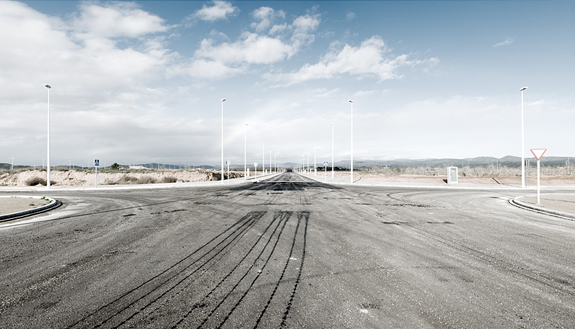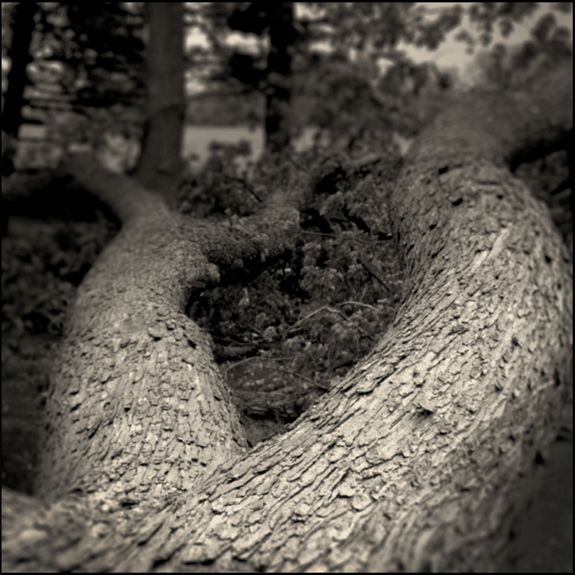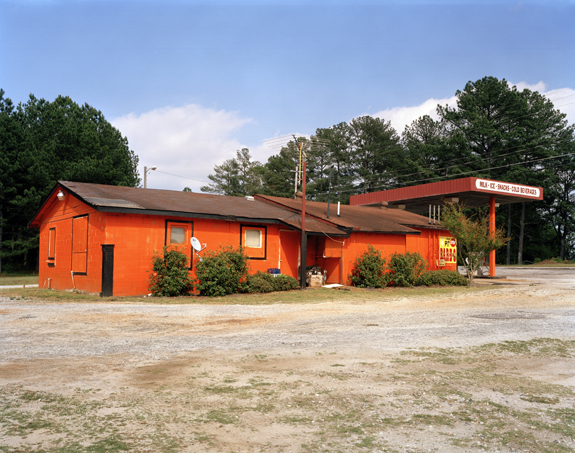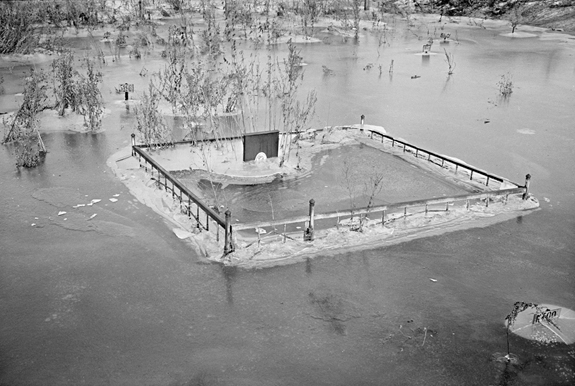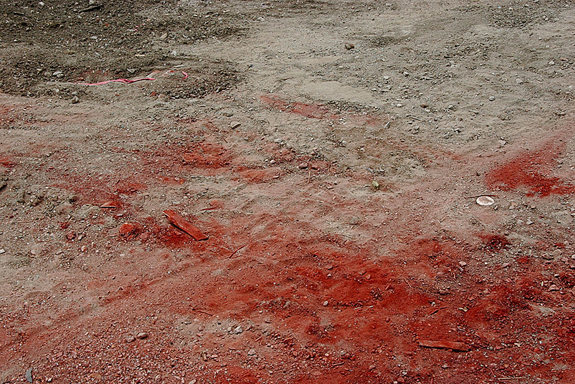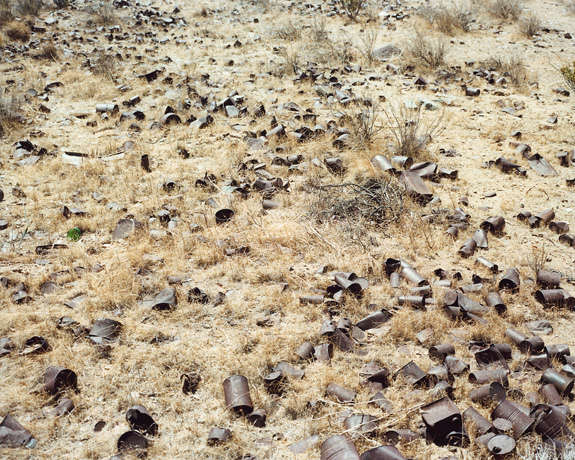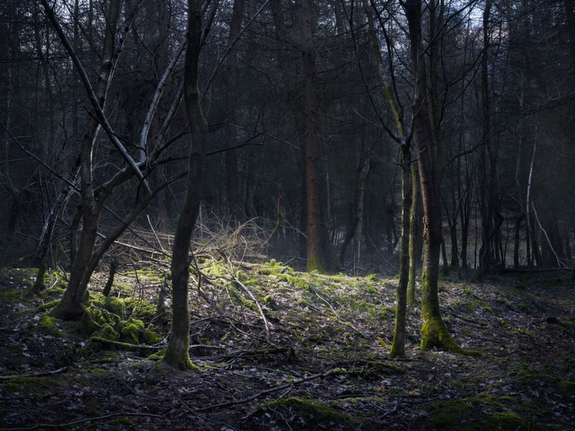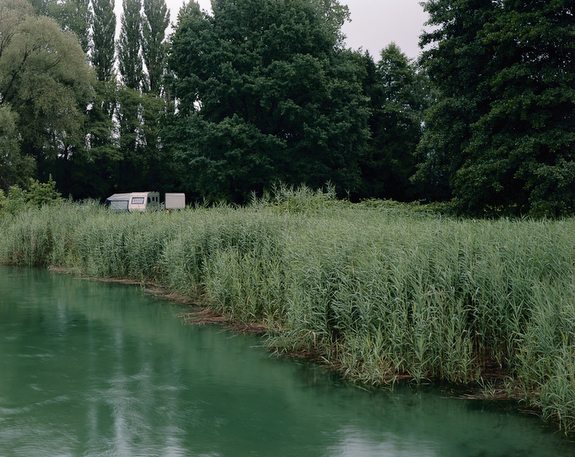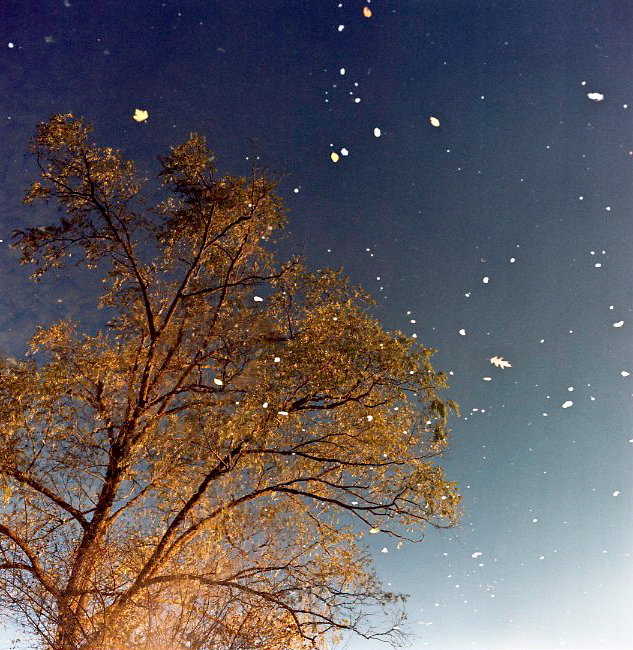
LIMINAL METANOIA
A study in the interest of using outward scenes to turn inward. Liminal refers to the threshold of a physiological or psychological response. Metanoia originates as a Greek word to describe a change of mind, more specifically to a profound, spiritual transformation. These works are a visual interpretation of the threshold of a transformation — the wild, untamed ether space within all things living especially in relation to nature and my own human nature.
The images are an attempt to visualize this internal place I find in myself and reflected in all living beings. Joining together in this threshold are great potentials for new ideologies of society, art and life.
— Rachel Wolfe, Johnsburg, Illinois
